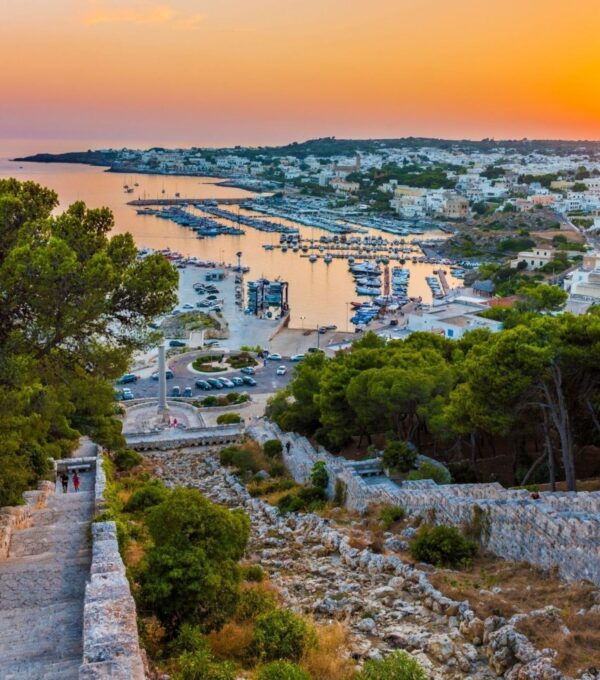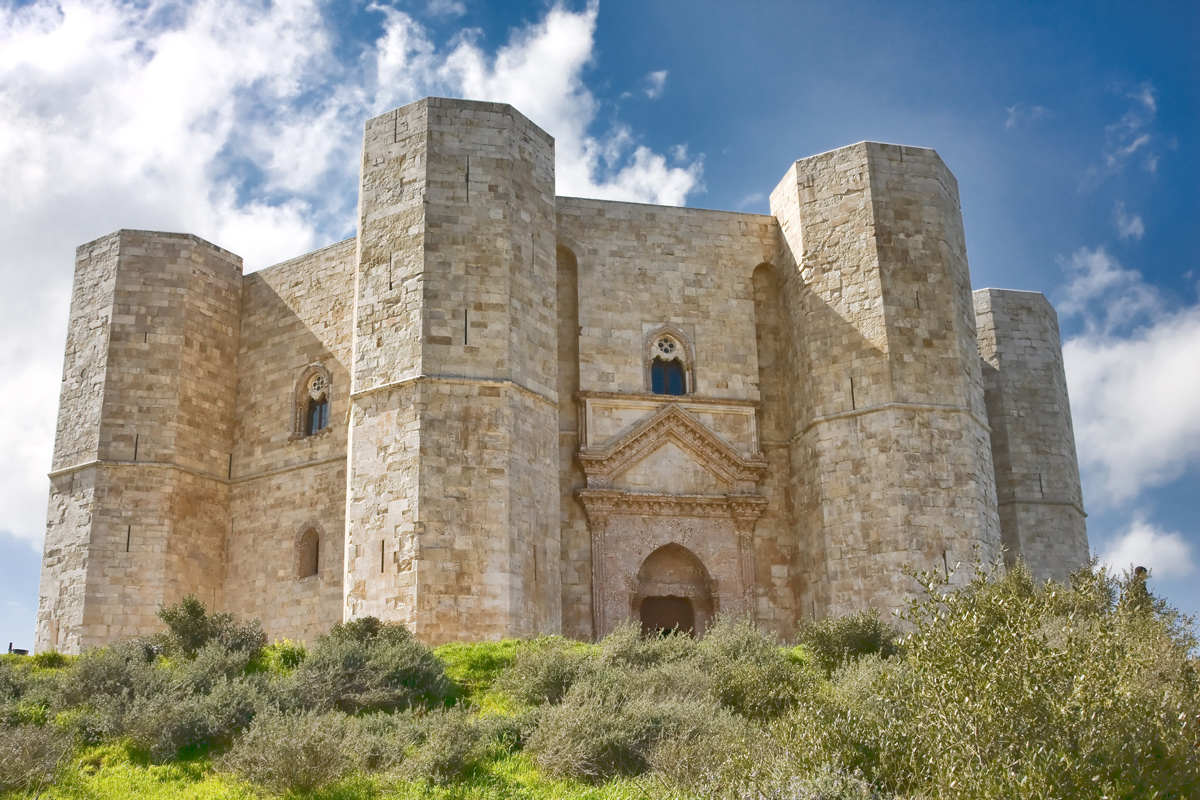Between the end of the sixteenth and the beginning of the eighteenth century the city of Lecce was overwhelmed by an architectural current characterized by decorations and frills on the most important buildings, from churches to noble palaces through city gates and other monuments.
The Baroque and, specifically, “baroque leccese” has found here in the local stone leccese the ideal material to create these works of art. So it was possible to explode a fantasy really without limits and so lavish to be still unattainable today.
If Lecce is the city-symbol of these architectural splendors, other towns are no less: just think of Galatina, Nardò and Gallipoli that, in addition to beaches and good food, offer itineraries to discover the Baroque really interesting.
Lecce
Lecce is also known as “Lady of the Baroque” because of the baroque art that distinguishes streets, churches, balconies and monuments. Some examples can be admired already in the historic center, which is accessed through Porta Napoli: from here there are several narrow streets full of beautiful palaces and craft shops that lead to many monuments and buildings in Baroque style such as the Church of Santa Maria della Provvidenza and the Church of Santa Maria di Costantinopoli, as well as Palazzo Adorno and the Basilica of Santa Croce.
Right in the city center, however, you can admire the beautiful Piazza Sant’Oronzo, which houses the Column of Sant’Oronzo and the Roman Amphitheater, and Piazza Duomo, on which stands the Metropolitan Cathedral of Santa Maria Assunta with its high bell tower and the Palazzo del Vescovado.
Finally, it is worth mentioning the Palazzo del Seminario, which today houses the Diocesan Museum of Sacred Art, the Innocence Library and the Diocesan Historical Archives.
Galatina
Less known than Lecce, Galatina is a treasure trove of history and culture. Among its streets there are several baroque works, including the Church of Saints Peter and Paul with its unmistakable baroque facade. But the real pearl of the city is the Basilica of Santa Caterina d’Alessandria, built in the fourteenth century and full of wonderful frescoes that have given the city the title of “Assisi of the south”.
During a walk through Galatina, it is recommended to stop to admire its beautiful palaces, especially Palazzo Venturi, Palazzo Congedo and Palazzo Ducale, all examples of Baroque Lecce.
Nardò
The baroque style is also present in the small but extremely interesting town of Nardò. Its historic centre is home to Piazza Salandra, home to many buildings of great architectural value such as the Praetorian Palace, the Clock Tower, the Seat and the Spire of the Immaculate Conception.
Nardò is also known as “the city of churches” because it houses about thirty, all characterized by different architectural styles, reflecting the many influences that have characterized the town over time. Among the most important are the Church of Sant’Antonio, the Church of San Domenico, the Church of San Trifone and the Basilica Santa Maria Assunta, considered the pearl of Baroque art.
Not to be missed, finally, the Acquaviva Castle.
Gallipoli
Well known all over the world as one of the most coveted summer destinations, Gallipoli is also a city of art not to be underestimated. An example of Baroque art is the extraordinary Cathedral of Sant’Agata, also known as the Cathedral of Gallipoli, whose interior (similar to that of an art gallery) can be admired at least 106 paintings dating back to the seventeenth and eighteenth centuries.
Another interesting building is the Palazzo del Seminario, seat of the Diocesan Museum, followed by Palazzo Tafuri and Munittola.
Gallipoli consists of two cities, the “old” and the “new”: the first includes the historic center and is characterized by the presence of the island of Sant’Andrea, an island connected to the mainland by a long bridge and surrounded by walls; The second, instead, houses the Church of San Francesco di Paola and the Church of Purity, both symbols of the Baroque Lecce.

Foto : Unsplash
Salento and the food and wine culture
Those who decide to visit the Salento to discover the Lecce Baroque can certainly not help but stop to refresh themselves in one of the many restaurants of the place to get involved in a culinary tradition simply unmatched.
First of all, Salento is famous for its fine wines, in particular Primitivo di Manduria, Negroamaro, Salice Salentino and Malvasia Nera di Lecce. Olive oil is one of the region’s top products because of its quality and taste, to say the least intense.
In Salento, then, you can indulge in traditional cheeses, which embrace the Caciocavallo podolico, the Pecorino salentino and the Ricotta forte, all made with traditional methods and the unique and characteristic taste.
Among the first courses, then, can not miss the orecchiette, a type of traditional fresh pasta of Puglia and Salento, round shape with a slight cavity in the center and typically served with fresh tomato sauce, vegetables such as turnip tops, or with meat sauce. Among the main courses, however, there are fish-based ones, in particular the octopus “pignata and snapper in foil.
And to conclude in beauty, impossible to resist the pasticciotto, a sweet typical of Salento: it is a shortcrust pastry filled with custard, sometimes flavored with vanilla or lemon, and enriched with cherries in syrup.
In short, all that remains is to book your next trip to Salento to enjoy culture, history, architecture and, above all, tasty dishes!
Copertina: Unsplash




